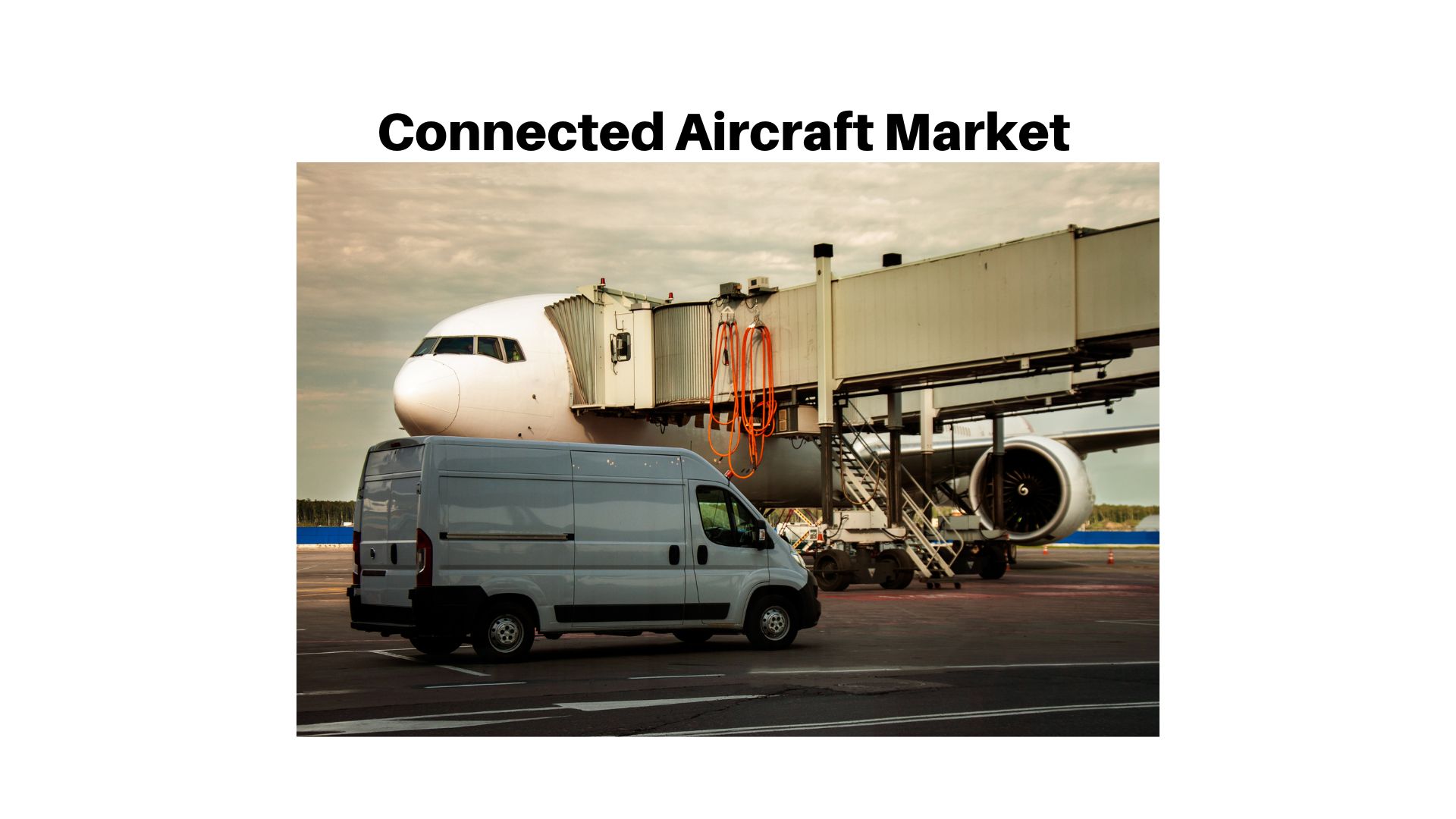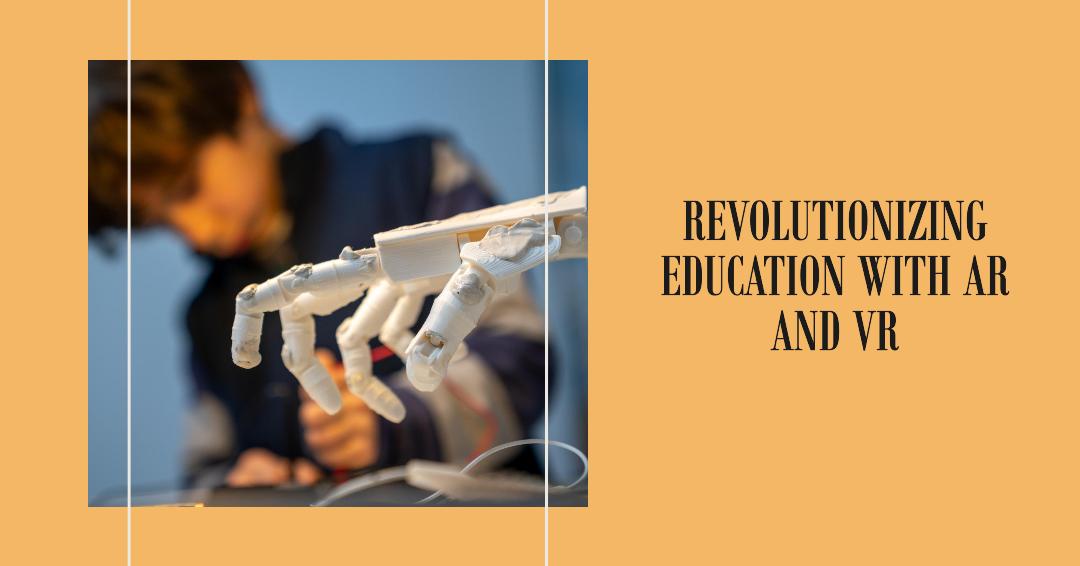Global Connected Aircraft Market With Advanced Communications To Accrue Nearly USD 42.62 Bn By 2033

Page Contents
Market Overview
Published Via 11Press: A connected aircraft is defined as any aircraft equipped with advanced communications and information technologies that enable seamless connectivity and data sharing among its various systems, ground systems, and other aircraft. Such technologies could include satellite communication systems, Wi-Fi networks, sensors and software applications that offer real-time data analysis and monitoring services.
The Connected Aircraft Market size is expected to reach USD 42.62 Bn by 2033, up from its current value of USD 3.62 Bn in 2022, growing at an annual compound growth rate (CAGR) of 25.14% from 2023-2033.
One of the primary advantages of connected aircraft is enhanced operational efficiency. By real-time data analysis and monitoring, airlines can optimize flight routes, reduce fuel consumption, improve maintenance schedules, and enhance in-flight entertainment and connectivity services for their passengers.
Connected aircraft also provide enhanced safety and security benefits. Equipped with advanced sensors and data analysis software, airlines can monitor their aircraft systems in real-time to identify any potential issues before they become bigger problems – helping prevent accidents while decreasing downtime for maintenance repairs. Furthermore, connected aircraft allow faster communication between them and ground control, further optimizing overall air traffic management and control.
Key Takeaways
- An aircraft fitted with advanced communication and information technologies provides seamless connectivity and data sharing among its own aircraft, ground systems, and other aircraft.
- Connected aircraft can increase operational efficiency by optimizing flight routes, lowering fuel consumption, and streamlining maintenance and repair schedules.
- Passengers can take advantage of enhanced in-flight entertainment and connectivity services to their advantage.
- Connected aircraft enable faster and more effective communication between aircraft and ground control, thus improving overall air traffic management and control.
- Advanced sensors and data analysis can assist in reducing accidents by helping to eliminate hazardous situations and cut maintenance and repair time, improving safety and security in the process.
- Connected aircraft technology is rapidly progressing, and is expected to play an ever-increasing role in the aviation industry.
- As more airlines adopt these technologies, we should see continued advances in efficiency, safety, and passenger experience.
Request Sample Copy of Connected Aircraft Market Report at: https://marketresearch.biz/report/connected-aircraft-market/request-sample/

Regional Snapshot
- North America: The United States and Canada are at the forefront of connected aircraft technology development. Many airlines in North America have already installed Wi-Fi connectivity and in-flight entertainment systems; additionally, predictive maintenance technology and real-time data analytics are currently under consideration by airlines in these regions.
- Europe: Many European airlines have deployed Wi-Fi and in-flight entertainment systems, although adoption of other connected aircraft technologies has been slower. To address this, the European Aviation Safety Agency is developing regulatory frameworks for connected aircraft technologies.
- Asia-Pacific: Many airlines in Asia-Pacific are investing heavily in connected aircraft technology, especially for inflight connectivity and data analytics. China and Japan are leading this effort with China offering significant potential for connected aircraft technology advancement.
- Middle East and Africa: While adoption of connected aircraft technology in these regions has been slower, several airlines in these parts are exploring in-flight Wi-Fi services and other connectivity solutions as a potential solution.
- Latin America: Connected aircraft technology adoption in Latin America has been limited, although some airlines have implemented Wi-Fi and in-flight entertainment systems. Unfortunately, Latin America's challenging regulatory environment has prevented wider implementation of connected aircraft technologies.
Drivers
Airlines are seeking to enhance operational efficiency and reduce costs through adopting connected aircraft technologies, which help optimize flight routes, reduce fuel consumption and streamline maintenance schedules.
- Enhancing passenger experience: With increasing passenger demand for in-flight entertainment and connectivity, airlines are investing in Wi-Fi technology as a means of improving passenger experiences while differentiating themselves from competition in an increasingly challenging market.
- Improving Safety and Security: Connected aircraft technologies allow real-time monitoring of aircraft systems, providing real-time alerts of potential issues before they become issues and thus helping improve safety while decreasing downtime associated with maintenance and repairs. This can reduce maintenance and repair costs significantly as well as increasing efficiency overall.
- Regulatory Requirements: Aviation regulatory bodies have increasingly mandated the adoption of connected aircraft technologies, especially those related to safety, such as Automatic Dependent Surveillance-Broadcast (ADS-B) and Controller Pilot Data Link Communications (CPDLC). This has driven widespread implementation of technologies like these.
- Technology Advancements: With recent advances in communication and information technologies such as high-speed satellite connectivity and the Internet of Things (IoT), connected aircraft solutions have become more feasible and cost-effective than ever.
Restraints
- Cost: Connected aircraft technology investments can be expensive for smaller airlines. In addition, ongoing expenses such as maintenance and data usage fees can quickly accumulate.
- Cybersecurity: With aircraft systems becoming ever more connected, comes an increase in cybersecurity risks that must be managed properly. Hackers could gain entry to critical systems and cause disruption or damage by breaking in through vulnerabilities that exist therein.
- Privacy Concerns: Airlines should remain transparent regarding how passenger data is collected, used, and protected.
- Regulation barriers: Adoption of connected aircraft technology can be hindered by regulatory constraints, including certification requirements and standards pertaining to data security and privacy.
- Integrating new connected aircraft technologies with legacy systems: Integrating new connected aircraft technologies can be challenging and may require substantial investments in terms of IT infrastructure and training.
- Saturation of connectivity: With more airlines adopting Wi-Fi and other connectivity solutions onboard their flights, there is the risk that oversaturation could occur and lead to slower internet speeds and reduced passenger satisfaction. This would ultimately create a poor user experience.
Opportunities
- Increased operational efficiency: Connected aircraft technology enables airlines to optimize flight routes, reduce fuel consumption and optimize maintenance/repair schedules – leading to significant cost savings for airlines.
- Enhancing passenger experience: With demand for entertainment and connectivity on-board aircraft increasing, airlines that invest in connected aircraft technology can distinguish themselves in an increasingly competitive market while simultaneously improving passenger satisfaction.
- Increased safety and security: Connected aircraft technologies allow real-time monitoring of aircraft systems, helping identify potential issues before they become major problems and reduce downtime for repairs. This can improve safety as well as maintenance time costs.
- Data-Driven Decision-Making: Connected aircraft technology provides airlines with access to real-time information regarding aircraft systems and passenger behavior, helping them make more informed decisions regarding operations and customer service.
- Premium connectivity: Airlines can develop new revenue streams by offering premium connectivity and entertainment services to their passengers.
- Improved Air Traffic Control: Connected aircraft technology enables faster and more effective communication between aircraft and ground control, improving overall air traffic management.
- Environmental Benefits: Connected aircraft technology can assist airlines in lowering their carbon footprint by optimizing flight routes and decreasing fuel usage.
Challenges
Cost: Implementing and maintaining connected aircraft technology can be costly for smaller airlines, especially with regard to implementation and ongoing maintenance fees for data usage fees. Such expenses include purchasing and installing new equipment as well as ongoing service maintenance charges and data usage fees.
- Cybersecurity: With increasing connectivity of aircraft systems comes new cybersecurity risks that must be managed effectively. Hackers could potentially gain entry to critical systems and cause disruption or damage; safeguarding against such cyber threats requires substantial investment in cybersecurity solutions as well as on-going monitoring.
- Privacy Issues: Airlines should ensure they are transparent about how passenger data is collected, used and protected in order to avert privacy issues associated with in-flight connectivity and entertainment services.
- Compliance: Adopting connected aircraft technology may be hindered by regulatory barriers, including certification requirements and data security and privacy standards. Airlines should ensure they abide by all relevant regulations.
- Integration with legacy systems: Integrating new connected aircraft technologies with legacy systems is often complex and may require significant investments in IT infrastructure and training to complete.
- Saturation of Connectivity: With more airlines adopting in-flight Wi-Fi and other connectivity solutions, there is the risk of oversaturating available bandwidth, leading to slower internet speeds and creating an unpleasant passenger experience.
- Interoperability: Given the wide array of vendors and technologies involved in connected aircraft systems, interoperability poses a unique set of challenges for their users. Ensuring that different systems can communicate effectively is vitally important.
Market Segmentation
Type
- Systems
- Solutions
Application
- Military
- Commercial
system
- Data Management Systems
- Satellite Communication Systems
- Other
Aircraft
- Rotary-Wing
- Fixed-Wing
Frequency band
- Ku-Band
- Ka-Band
- L-Band
Solution
- Flight Management
- Electronic Flight Bags
- Fuel Monitoring
- Aircraft Monitoring & Communication
- Passenger & Crew Connectivity
- Others
Connectivity
Key Players
- S&T AG
- Panasonic Avionics Corporation
- Honeywell International Inc.
- BAE Systems PLC
- Viasat Inc.
- Airbus SAS
- Gogo Inc.
- Inmarsat PLC
- Global Eagle Entertainment Inc.
- Cobham PLC
- SITA
- Thales Group
- Apple Aviation
- IBM Corporation.
Report Scope
| Report Attribute | Details |
| Market size value in 2022 | USD 3.62 Bn |
| Revenue forecast by 2033 | USD 42.62 Bn |
| Growth Rate | CAGR Of 25.14% |
| Regions Covered | North America, Europe, Asia Pacific, Latin America, and Middle East & Africa, and Rest of the World |
| Historical Years | 2017-2022 |
| Base Year | 2022 |
| Estimated Year | 2023 |
| Short-Term Projection Year | 2028 |
| Long-Term Projected Year | 2033 |
Recent Developments
- Innovative Satellite Technology: New satellite technologies now provide faster and more reliable Wi-Fi and other services, improving passenger experiences on board planes.
- IoT sensors for aircraft maintenance: IoT sensors can help monitor aircraft systems and identify potential maintenance issues before they become serious problems, helping reduce downtime and ensure optimal safety.
- Cybersecurity Solutions: With increasing connectivity of aircraft systems, cybersecurity solutions have become an increasing focus. New solutions such as blockchain technology and AI-based threat detection are being created to protect against these risks.
- Integration with 5G networks: Integrating connected aircraft technology with 5G networks provides faster and more reliable connectivity for passengers and crew, as well as improved data analytics for airlines.
- Artificial Intelligence: Airlines are turning to AI-powered systems to analyze aircraft systems data for optimizing flight routes, cutting fuel consumption costs, and improving maintenance schedules.
- Partnerships between airlines and technology companies: Airlines are increasingly teaming up with tech firms to develop and implement connected aircraft technologies quickly and efficiently, taking advantage of their expertise to accelerate innovation.
- Increased focus on sustainability: Airlines are using connected aircraft technology to reduce their carbon footprint by optimizing flight routes and decreasing fuel usage.
Key Questions
Q: What is connected aircraft technology?
A: Connected aircraft technology refers to the integration of aircraft systems with ground-based and satellite-based networks for real-time communication between them and other systems.
Q: What are the advantages of connected aircraft technology?
A: Connected aircraft technology offers several benefits to users. These include increased operational efficiencies, better passenger experiences, higher safety and security levels, data-driven decision making processes, new revenue streams created through air traffic control improvements, as well as environmental benefits.
Q: What are the challenges associated with connected aircraft technology?
A: Connected aircraft technology presents many obstacles, such as costs, cybersecurity threats, privacy concerns, regulatory compliance requirements, integration into legacy systems, saturation of connectivity and interoperability issues.
Q: Have there been any recent advances in aircraft technology?
A: Recent advancements in connected aircraft technology include advances in satellite technology, Internet of Things sensors for aircraft maintenance and cybersecurity solutions that integrate 5G networks; artificial intelligence use is increasing; partnerships have formed between airlines and technology firms as well as increased emphasis on sustainability.
Q: How can airlines overcome the challenges involved with implementing connected aircraft technology?
A: Airlines can manage the challenges associated with implementing connected aircraft technology by investing in cybersecurity solutions, adhering to regulations and complying with privacy practices, carefully integrating new technologies with legacy systems, and partnering with technology firms for innovation and development.
Contact us
Contact Person: Mr. Lawrence John
Marketresearch.Biz (Powered By Prudour Pvt. Ltd.)
Tel: +1 (347) 796-4335
Send Email: [email protected]
The team behind market.us, marketresearch.biz, market.biz and more. Our purpose is to keep our customers ahead of the game with regard to the markets. They may fluctuate up or down, but we will help you to stay ahead of the curve in these market fluctuations. Our consistent growth and ability to deliver in-depth analyses and market insight has engaged genuine market players. They have faith in us to offer the data and information they require to make balanced and decisive marketing decisions.



